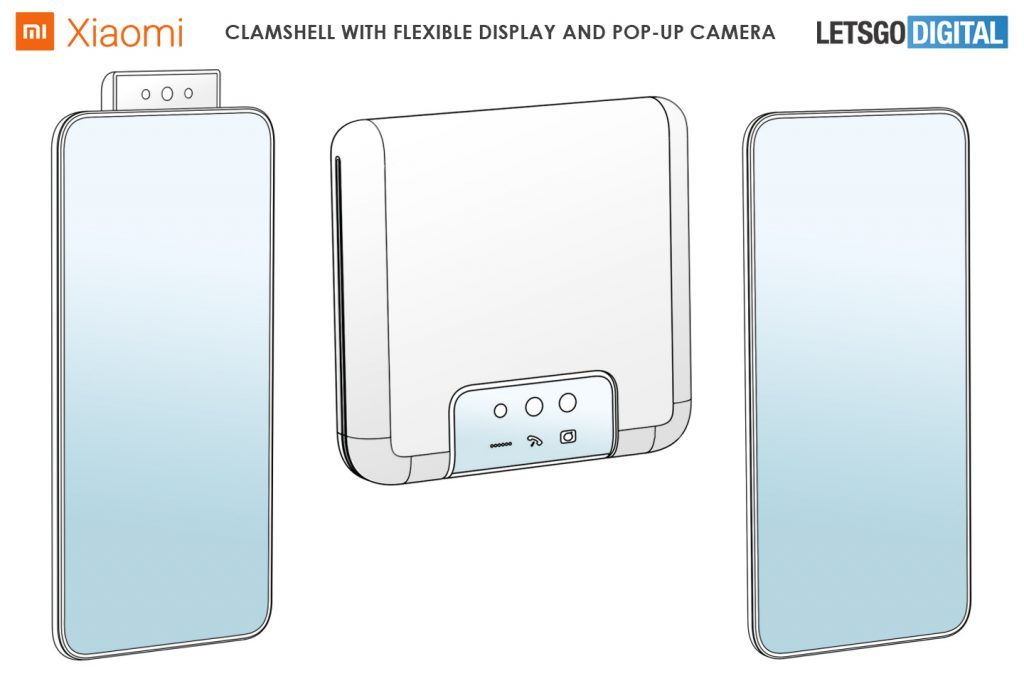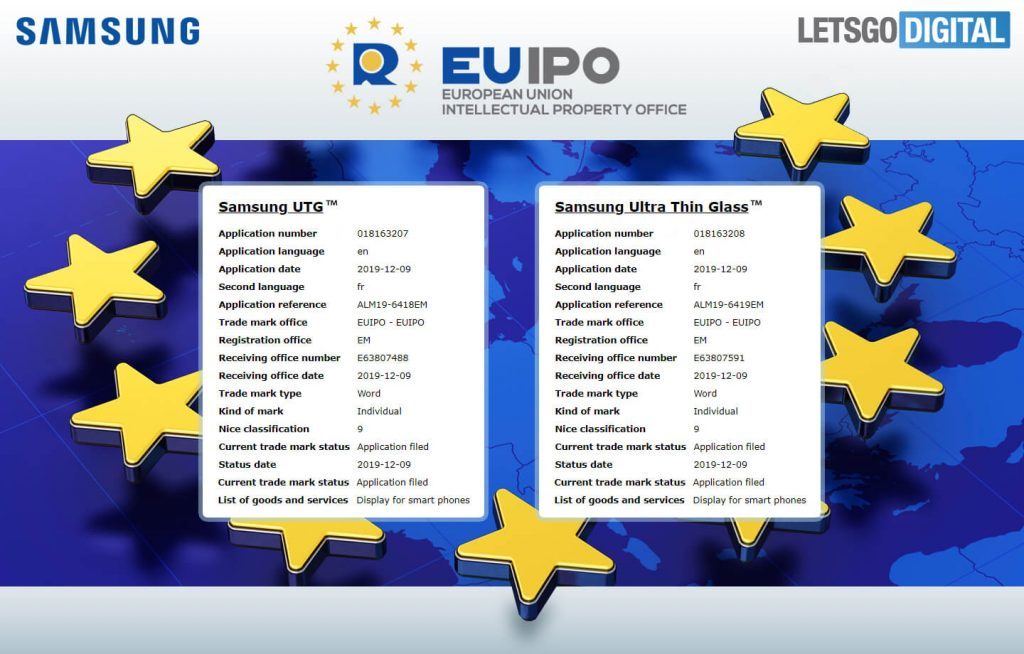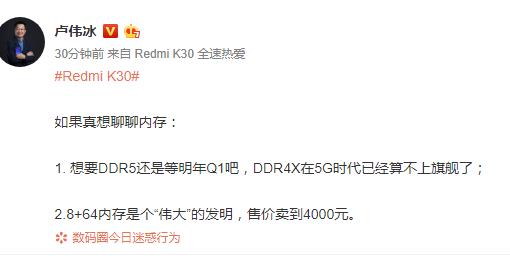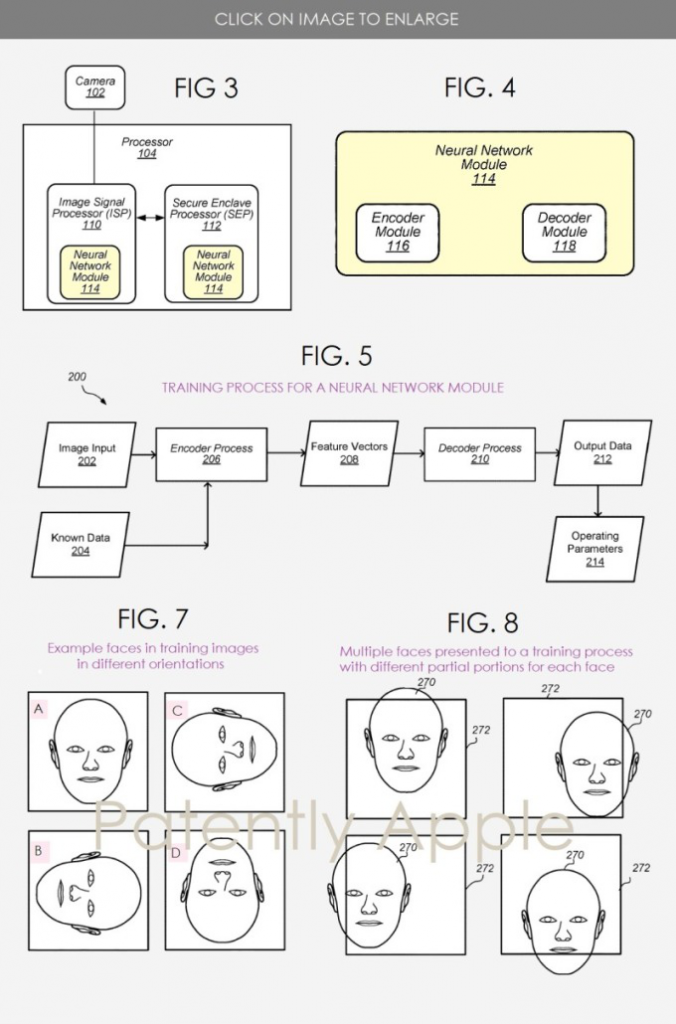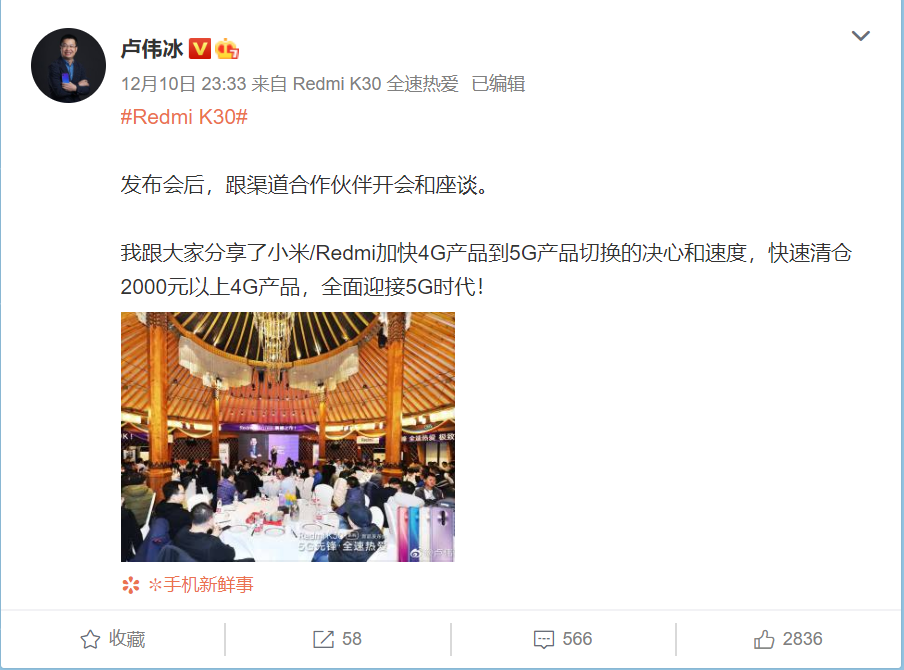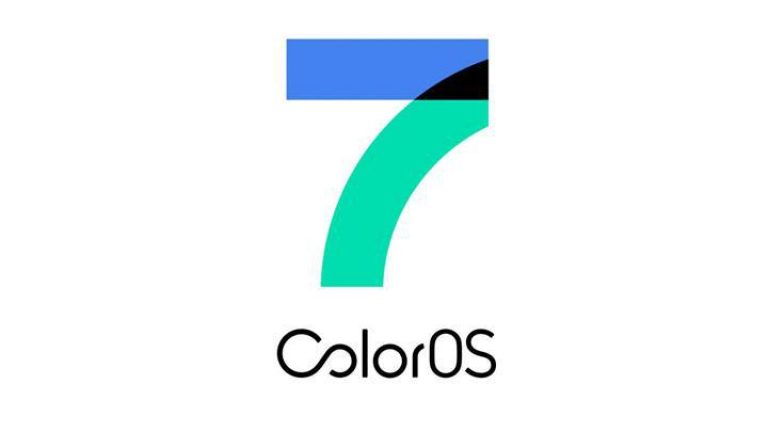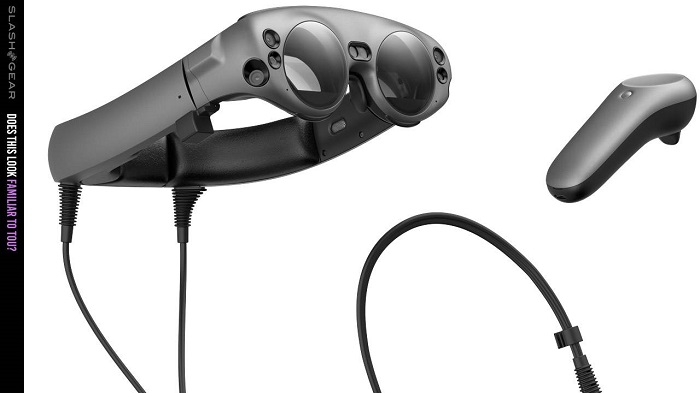
12-12: Xiaomi and Redmi will accelerate the transition of 4G products to 5G; OPPO will hit Mexico in 1H20 and other Latin American countries should follow soon; etc.
Chipsets
ASML has showcased an extended roadmap of Intel’s upcoming manufacturing processes, which expects to be on 2 year cadence with its manufacturing process node technology, starting with 10nm in 2019 and moving to 7nm EUV in 2021, then a fundamental new node in each of 2023, 2025, 2027, 2029. This final node is what ASML has dubbed ‘1.4nm’. In between each process node, as Intel has stated before, there will be iterative + and ++ versions of each in order to extract performance from each process node. (Laoyaoba, AnandTech)
According to the latest statistics from TrendForce, under the influence of foundries’ inventory-reduction efforts and expectation-shattering seasonal demand, the projected 4Q19 revenue of the global foundry industry surpasses the previous quarter by 6%. The top 3 market leaders are TSMC, Samsung and GlobalFoundries, with market shares of 52.7%, 17.8%, and 8%, respectively. (TrendForce, TrendForce, press, Laoyaoba)
Touch Display
Xiaomi has been granted a patent for another foldable phone with a clamshell folding design. The new patent shows a device that folds vertically. The phone has a pop-up selfie camera. On the back of the phone are dual cameras and an LED flash but these are unique. The sensors and flash are actually housed inside a smaller display whose function is to display notifications when the phone is folded. (Gizmo China, CN Beta, LetsGoDigital)
Japan Display Inc (JDI) is reportedly in talks to receive up to JPY90B (USD830M) in financial support from Ichigo Asset Management. Apple intends to invest USD200M. (My Drivers, Asia Nikkei, Deal Street Asia, Reuters)
Samsung has submitted a trademark for the name “Ultra Thin Glass”. The UTG is said to be thinner than 100µm or even 30µm. It also makes the smartphone considerably more scratch resistant. Dowoo Insys is Samsung’s supplier for the new display and Samsung has already invested KRW12B (USD10M) for the expansion of its manufacturing capacity which currently stands at 500,000 units. (Gizmo China, LetsGoDigital, IT Home, China.com)
Camera
As adoption of a triple-lens module for use in a rear cameras is rising, each of the Chinese first-tier smartphone vendors is likely to order 400M-500M optical lenses in 2020, according to Digitimes. Largan Precision and Sunny Optical, O-Film Tech, Q Technology and Truly Opto-Electronics are expected to share most of the orders to be released by Chinese smartphone vendors in 2020. Largan Precision and Genius Electronic Optical, as well as Sunny Optical and SPY Mobile Phone Camera are expanding production capacities. (Digitimes, press, Digitimes, Gizmo China)
Txd has revealed that the company’s ToF technology is still under development and trial, and the future application would be on ToF lenses. TxD’s camera module clients are mainly ODM with net profit of -24.97%. (Laoyaoba, FP Display, Sohu)
OPPO’s next flagship phone, Find X2, will reportedly focus on a faster and more accurate autofocus (AF), courtesy of a custom-made Sony image sensor. It would feature “All Pixel Omni-directional PDAF” that is about detecting pattern changes in both vertical and horizontal directions to make use of more image data, thus enabling faster focusing and better low-light performance. This also allows the sensor to focus on smaller objects or finer details. (Engadget, Gizmo China)
Sony has developed a way for four adjacent pixels to share a lens. This is aimed at Quad Bayer sensors where the four pixels already share a color filter. Differences in the sensitivity of pixels prevented such designs, but Sony says it has figured it out and calls its technology 2×2 On-Chip Lens (OCL). The main advantage of this design seems to be improved autofocus performance, especially in the dark. (GSM Arena, Sony, CN Beta)
Memory
Redmi’s GM Lu Weibing has revealed that LPDDR5 RAM is coming in 1Q20. He has further stated that using the present generation of LPDDR4X memory in the 5G era was no longer feasible. (Gizmo China, My Drivers)
Biometrics
The U.S. Patent and Trademark Office has granted Apple a patent of biometric 3D Face ID system that uses eye and head tracking for advanced facial analysis. The 3D head tracking system that leverages video sequence of different images for posture assessment is a critical feature to ensure accurate facial analysis and recognition which are based on eye tracking. (Biometric Update, Laoyaoba, Patently Apple)
Battery
Opel and French battery manufacturer Saft can move forward with a plan to build electric vehicle battery cells in Germany after the European Union approved the use of state aid for the project. The companies plan to produce battery cells at Opel’s components plant in Kaiserslautern in western Germany near the French border. In total, the European Commission gave the go ahead for governments in 7 countries to grant EUR3.2B (USD3.53B) to support projects for research and innovation in battery technology. (My Drivers, Sina, CSIA, Electrive, Auto News)
Connectivity
Telefonica Deutschland has picked Nokia and Huawei to build its 5G network. Germany’s other two mobile operators – market leader Deutsche Telekom and Vodafone – are existing customers of Huawei but have yet to publicly confirm whether they will stick with the Shenzhen-based networks leader for 5G. (CN Beta, Reuters, RCR Wireless)
Phone
Xiaomi Group’s China chairman and Redmi general manager Lu Weibing has revealed that Xiaomi and Redmi will accelerate the transition of 4G products to 5G, and will clear the inventory of 4G phones with CNY2,000 above price tags. (CN Beta, Sina, IT Home)
Alen Wu, VP at OPPO and President of Global Sales, has revealed that there are 320M people are now using ColorOS-based smartphone. He has also revealed that OPPO will hit Mexico in 1H20 and other Latin American countries should follow soon. (GSM Arena)
Samsung Galaxy A51 and A71 are announced: A51 – 6.5” 1080×2400 FHD+ Super AMOLED Infinity-O, Exynos 9611, rear quad 48MP-12MP ultrawide-5MP macro-5MP depth + front 32MP, 6+128GB, Android 9.0, fingerprint on display, 4000mAh 15W, VND7.99M (USD346). A71 – 6.7” 1080×2400 FHD+ Super AMOLED Infinity-O, Qualcomm Snapdragon 730, rear quad 64MP-12MP ultrawide-5MP macro-5MP depth + front 32MP, 6+128 / 8+128GB, Android 9.0, fingerprint on display, 4500mAh 25W. (Android Headlines, GSM Arena, Fone Arena)
Nokia C1 is unveiled – 5.45” 480×960 qHD+ IPS, quad-core, rear 5MP + front 5MP, 1+16GB, Android 9.0 (Go Edition), no fingerprint scanner, 3G, 2500mAh. (Gizmo China, Neowin, GSM Arena)
Augmented / Virtual Reality
Magic Leap has announced the launch of Magic Leap 1, a USD2,995 mixed reality headset, and revealed a set of enterprise applications and partners aimed at getting “spatial computing” off the ground. (CN Beta, Engadget, Magic Leap, VentureBeat)
Automotive
Polestar, Volvo’s electrified performance brand, has started trial production of its second model at a plant run by Volvo’s Chinese parent, Zhejiang Geely Holding Group, in east China’s Zhejiang province. Polestar 2 tooling trial prototypes are now rolling off the final production line in the Luqiao factory, and so nearing series production. (CN Beta, Electrek, Auto News, SCMP)
Walmart has announced the new service along with autonomous vehicle company Nuro. The pilot program kicks off in Houston in the coming weeks and will deliver groceries using Nuro’s self-driving technology and fleet of electric vehicles. (Digital Trends, Walmart, Bizleader)
Sajjad Khan, head of future technology research and development for the Mercedes-Benz brand, has indicated that Daimler was at least 99.999% of the safety of its self-driving systems. The use of the self-driving system will not be approved. (CN Beta, Small Tech News, Auto News)


